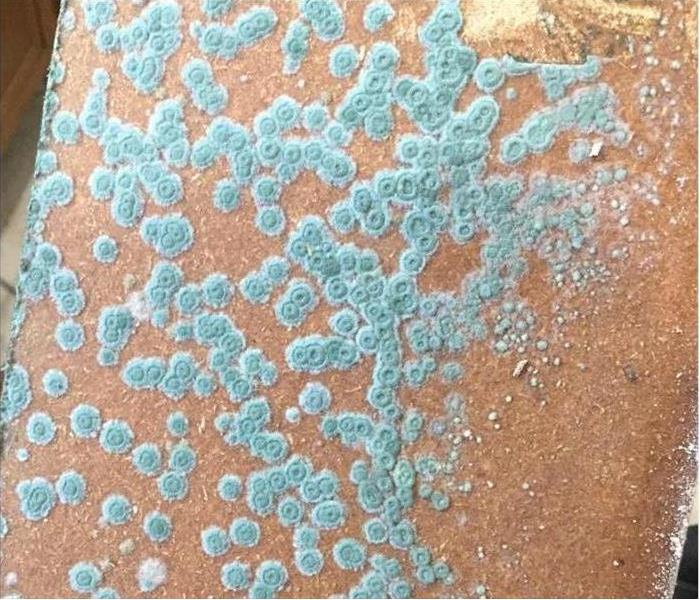3 Ways To Tell Mold From Mildew After a Flood
8/31/2021 (Permalink)
3 Methods For Distinguishing Mold From Mildew Following A Flood
Finding evidence of mold damage in your Van Nuys South, CA, home can be a cause for concern. However, you may not be able to discern if the damage was the result of mold or if you are dealing with mildew. There are several differences between the two, and understanding how they differ can help you proceed with cleanup efforts after a flood.
1. Texture
While mold and mildew are both fungi, mildew growth can be identified by its texture. Unlike mold, mildew is often thin and scummy and can be wiped away easily, where most mold species are typically fuzzy and harder to remove. If what you see is fuzzy, then you are probably dealing with a mold problem.
2. Color
Mold comes in many different colors, which range from brown to green to black. Mildew, however, tends to look more greyish instead of growing in vibrant colors. Mold damage on walls and furniture after a flood or plumbing mishap will likely be green or a mixture of white and green, and its cleanup should be left to a professional storm cleanup and mold remediation company.
3. Spread Pattern
Both mold and mildew can spread. However, mold growth tends to be more aggressive in its spread pattern and can move quickly from one surface to another in the space of several days. Mold spores in the air can attach to almost any surface capable of feeding it, including wood, fibers and cardboard. If your home has been damaged by water and you see black or green spots on your belongings, this is probably mold, not mildew, and it may require immediate remediation.
It can be hard to differentiate mold damage from mildew after your Van Nuys South, CA, home suffers water damage. However, knowing how to tell the difference between the two can help you understand what kind of assistance you need to eradicate either of these funguses quickly.





 24/7 Emergency Service
24/7 Emergency Service
